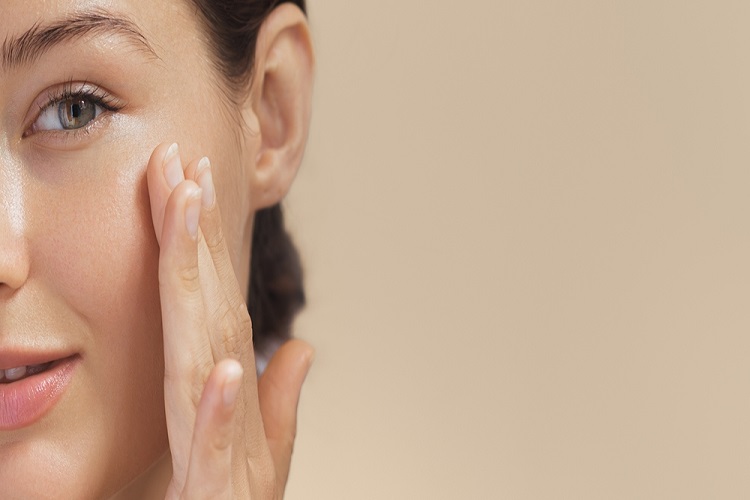Many would wish to enjoy our lives without such assistive devices, but as we age, we are starting to realize that this wish can be impossible. We may use a cane or a walker for a brief period of time while undergoing treatment, or we may have to use a motorized wheelchair or a mobility scooter to get about comfortably. Either way, the distinction between living alone and relying on others for our essential needs can be a guide to help us travel from place to place and prevent falls.
With the number of new devices and models available, however, there is uncertainty over which one is the best choice and whether it will be protected by insurance.
Explore the comprehensive list of popular devices below, and how they are generally prescribed, to start seeking a mobility aid for a loved one.
Ambulatory Seniors Mobility Aids
Canes offer an extra point of assistance to seniors to increase protection and stability. As a general rule, a cane should be capable of supporting 25 percent of an individual’s body weight and it is most appropriate for those whose equilibrium is moderately impaired or who have either leg that is substantially weaker than another.
The tip of the cane should hit the crease on the underside of its wrist, and while carrying the cane when standing, its elbow should be bent 15 to 20 degrees.
Usage of a walker also needs moderate strength of hand and arm and may be able to carry up to 50 percent of the bodyweight of a senior, depending on the type of walker. Two or four fixed legs have a typical design and must be raised and maneuvered for each step. For those with substantial equilibrium problems, this standard model is best.
Rollers allow for a more natural gait and the ability to travel with less fatigue, compared to regular walkers. However, for seniors with severe posture and balance problems, rollers can not provide sufficient stability.
For seniors who are unable to walk, mobility aids
Scooters with Control
For the elderly who cannot walk large distances but do have some athletic ability and agility, a wheeled scooter may be helpful. Nevertheless, for a longer length of time, the operator must be able to sit upright and control the accelerator of a scooter. Not every individual particularly those with inflammation, are able to keep their arms stretched in front of them in order to control speed, guiding, and stopping. Depending on their diagnosis, some people can feel aches and pains when doing this.
Wheelchairs Manual
The symptoms that a cane or walker does not offer adequate support are extreme exhaustion, unsteadiness, trouble rising from a chair, and occasional falls. A wheelchair could be the best choice to help them
For more than 30 years, Additional Aids Mobility has helped individuals choose the best mobility aids to increase their quality of life and preserve independence. On all mobility scooters, stairlifts, and powerchairs as well as other mobility aids stocked in our shop and online, they provide sound and reliable advice.










Comments